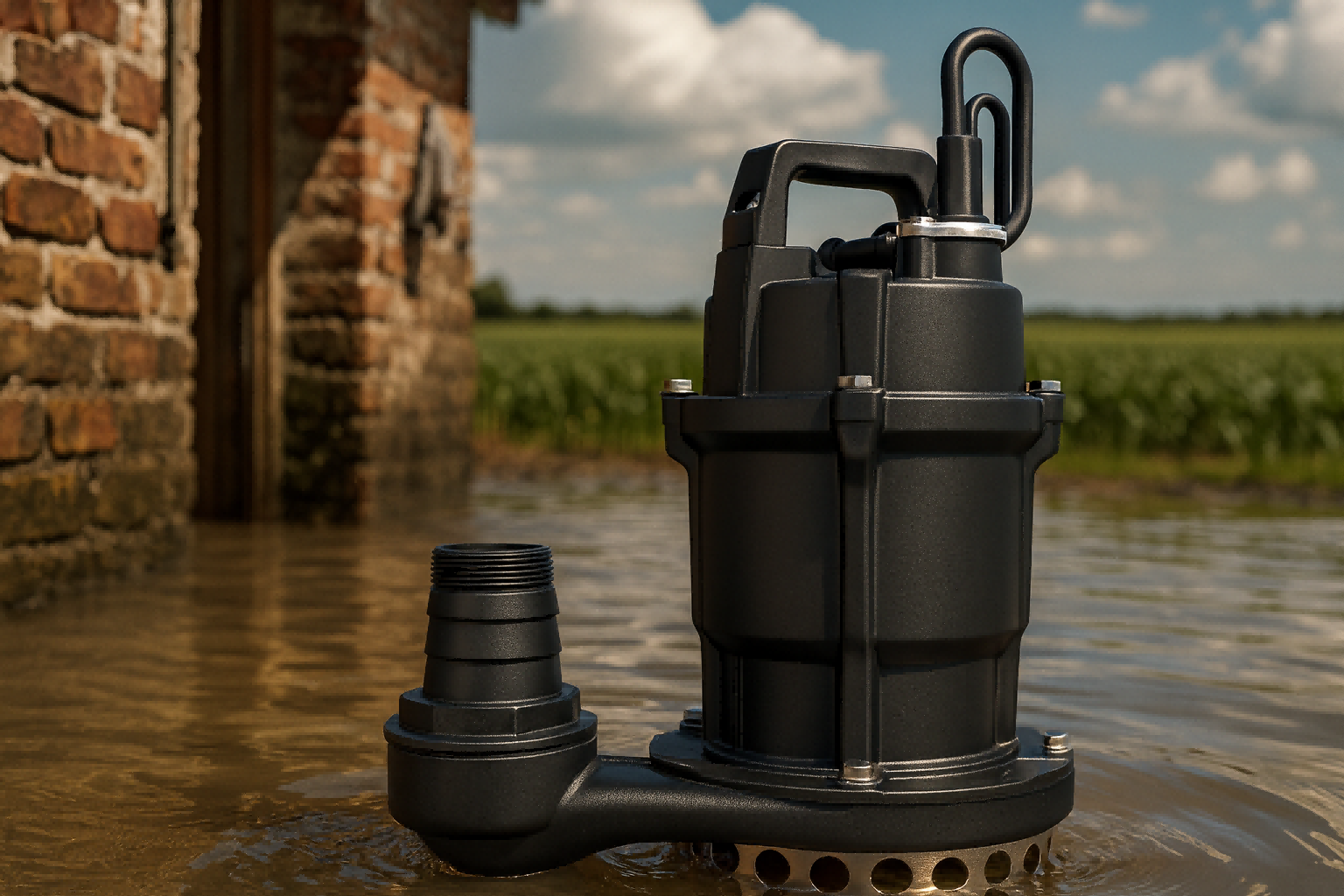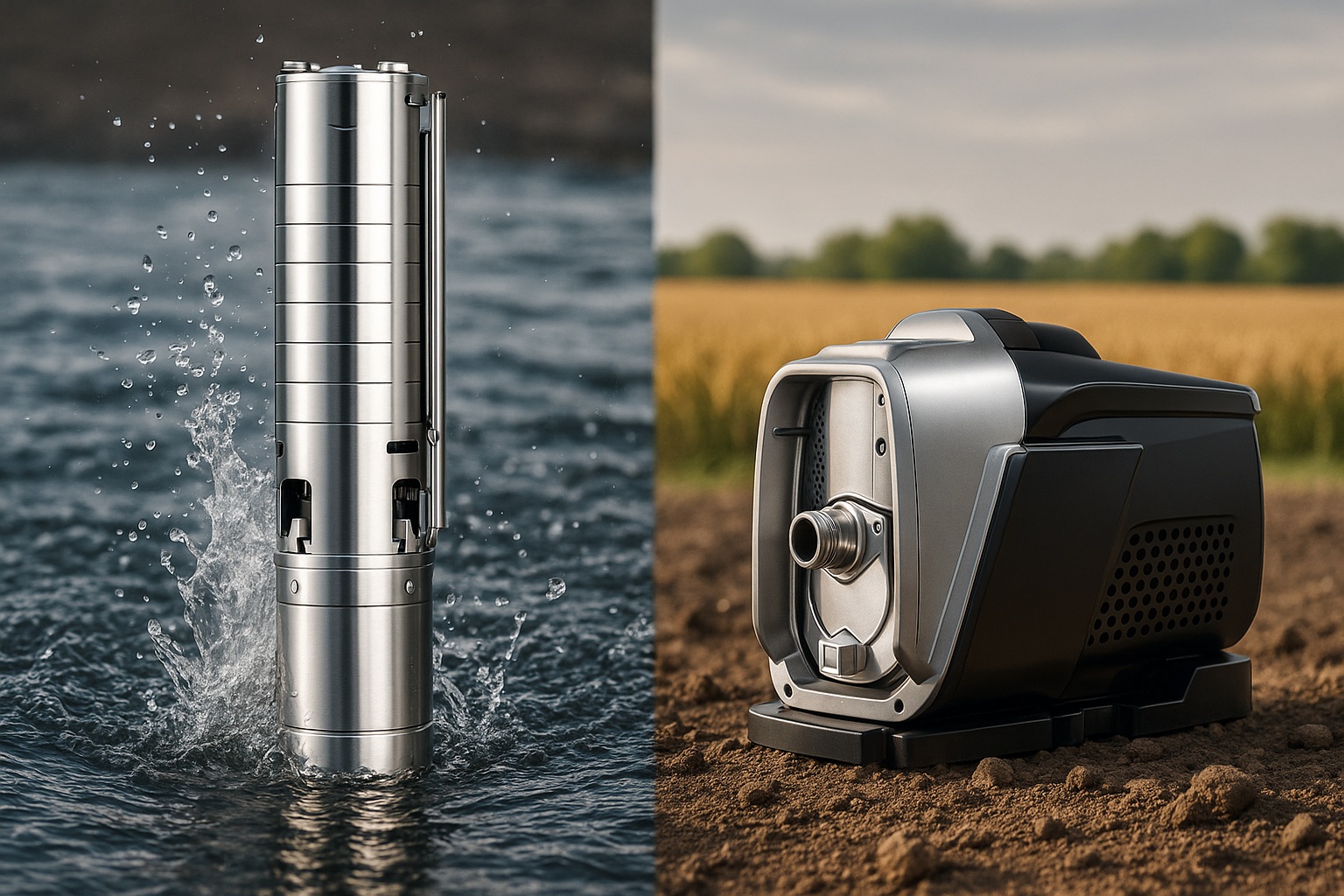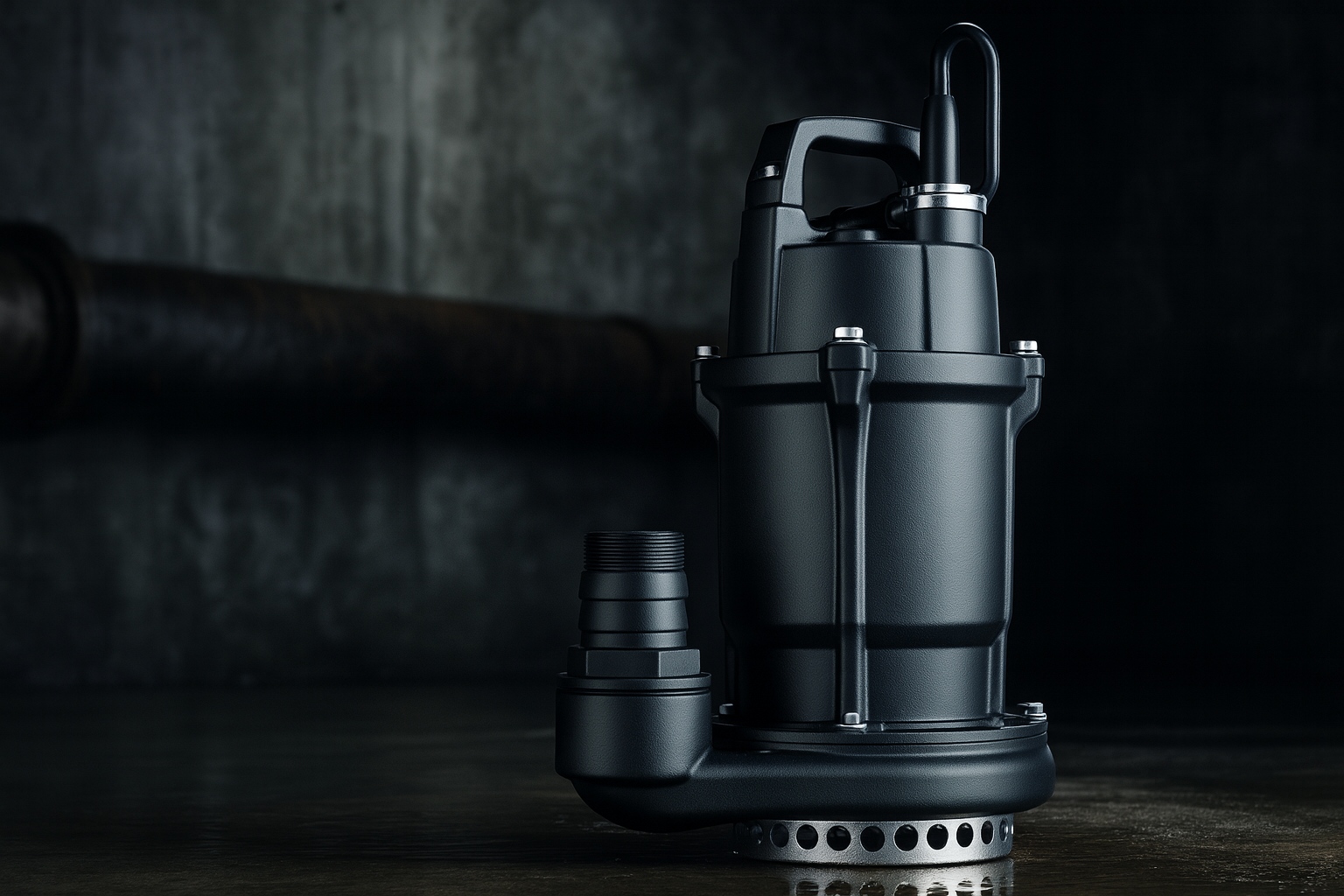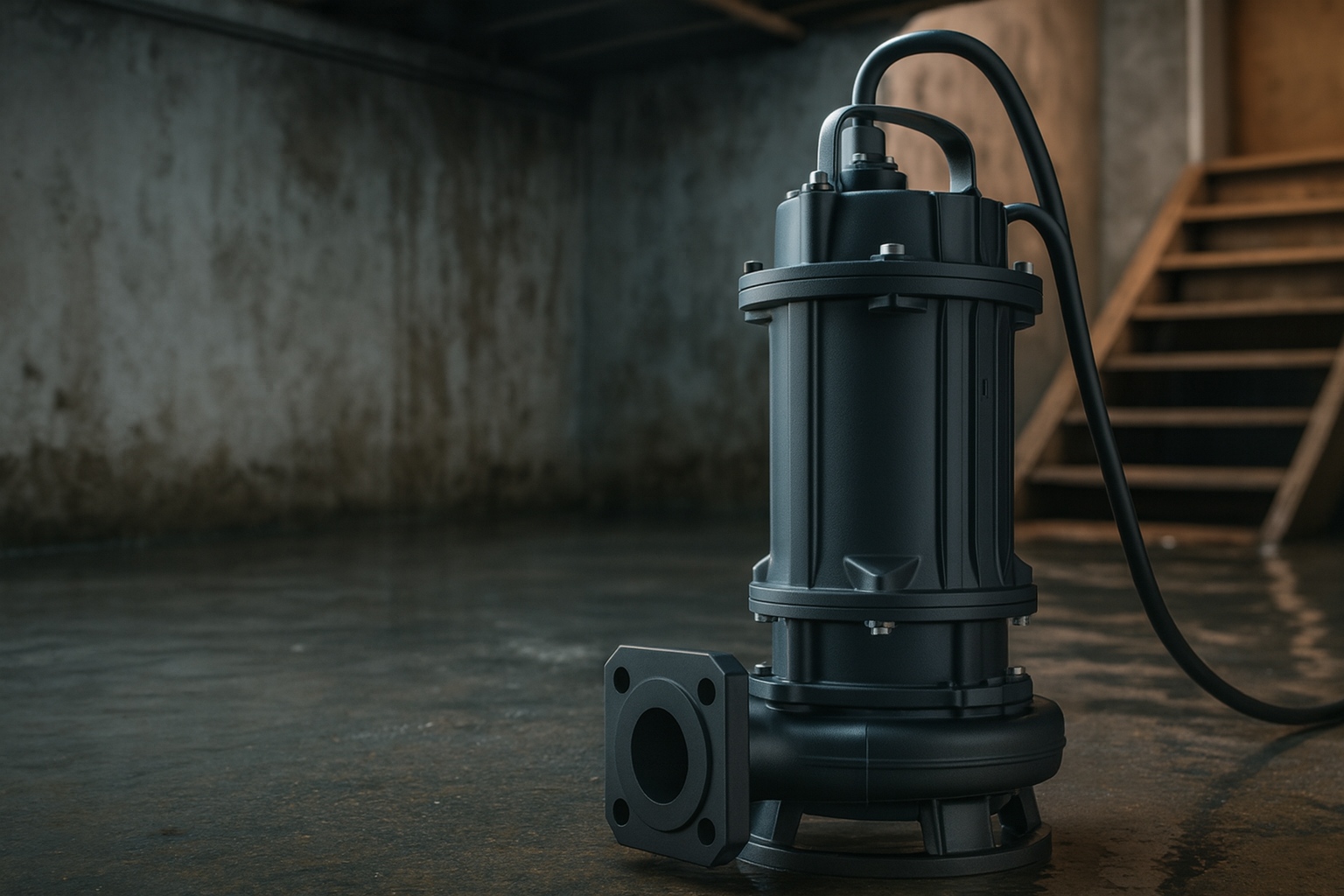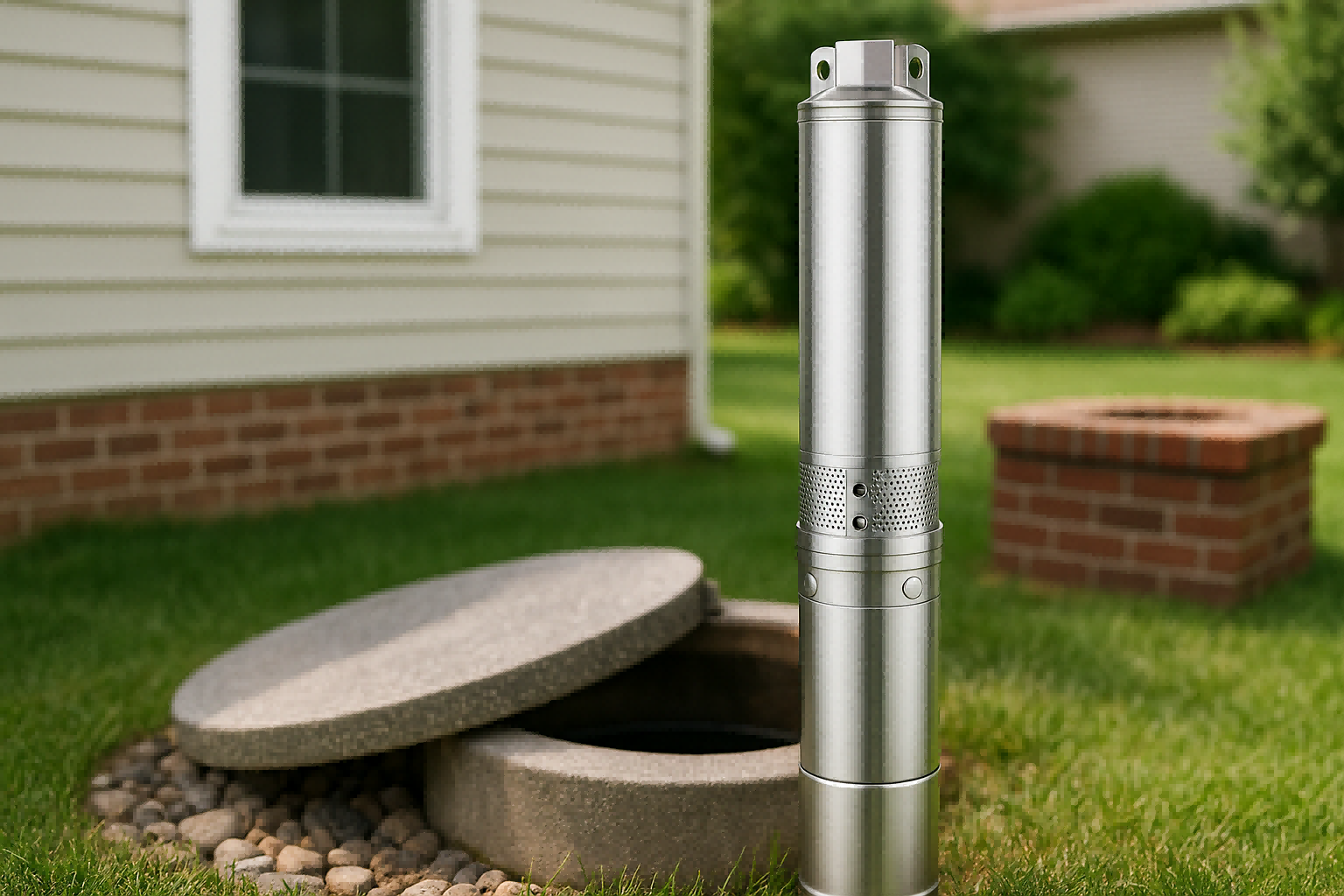Experiencing unexpected pump failures and high operational costs?
These issues can frustrate end-users and lead to expensive call-backs, impacting your business's reputation.
Common disadvantages of water booster pumps include significant noise and vibration, high energy consumption, and the need for regular maintenance [^1]. They can also be susceptible to mechanical failures, improper installation errors, and operational risks like dry running, which can lead to costly damages and downtime.
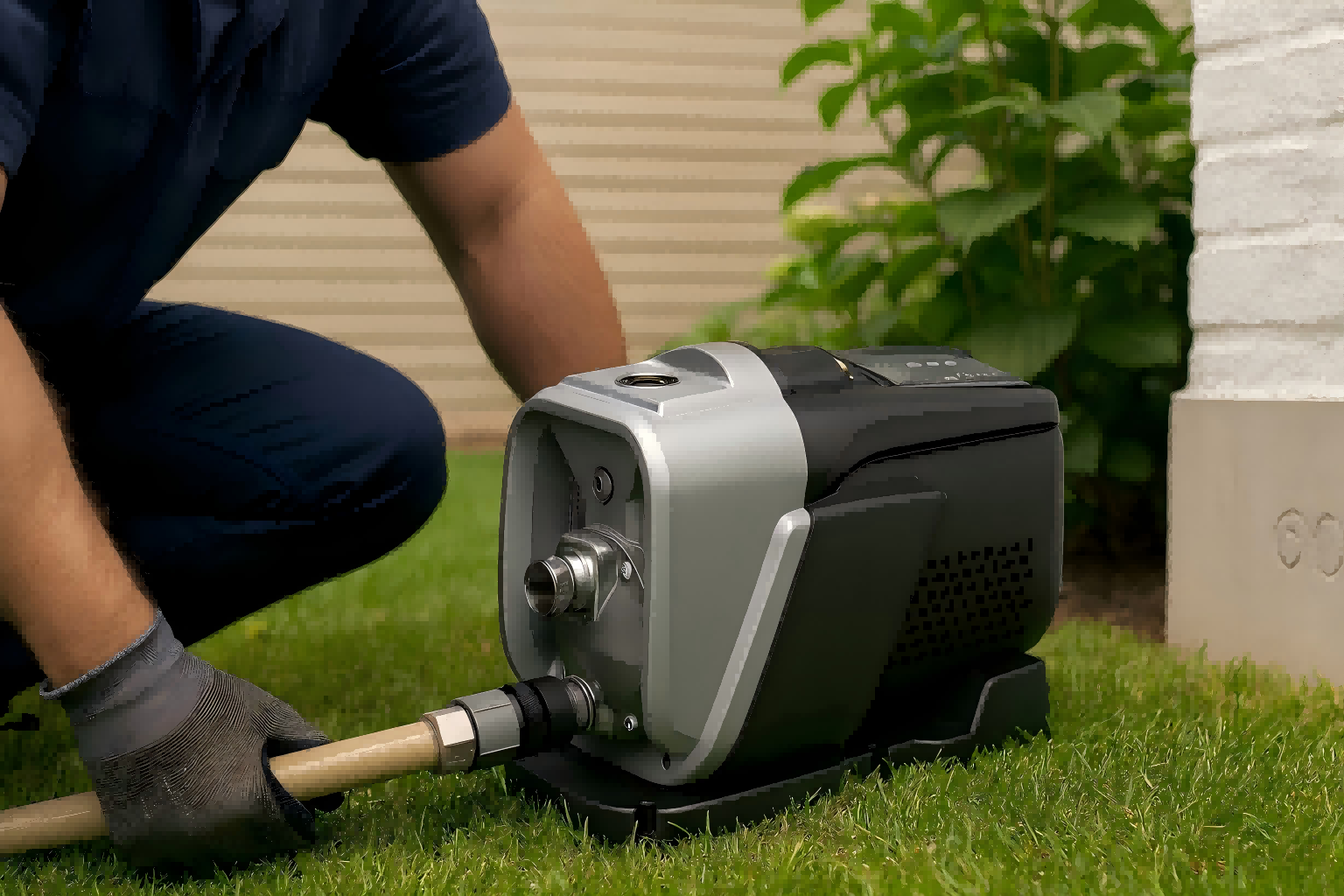
Booster pumps are vital for ensuring adequate water pressure in many buildings.
However, not all pumps are created equal.
Understanding the common drawbacks associated with conventional models is the first step toward choosing a more reliable and efficient solution for your clients.
Let's delve into these potential problems.
1. Noise and Vibration
Is the constant hum or rattle from a booster pump causing complaints?
This noise is not just an annoyance; it's often a symptom of underlying mechanical stress.
Booster pumps can generate significant noise during operation [^2]. This is caused by the motor, impeller, and vibrations transmitted through pipes. In residential or quiet commercial settings, this disturbance can be a major issue for building occupants and indicates potential future failures.
Sources of Pump Noise and Vibration
The disruptive sounds and vibrations from a booster pump originate from several key areas.
It's important to understand these sources to diagnose problems effectively.
Mechanical Components
The primary source of noise is the pump's motor and rotating assembly.
In older pump designs, induction motors can produce a noticeable hum, especially under load.
Furthermore, bearings are a critical component.
As they wear out, they can produce grinding or squealing sounds, which are clear indicators of imminent failure.
An improperly balanced impeller can also cause significant vibration and noise as it spins at thousands of revolutions per minute.
Hydraulic Forces
The movement of water itself creates noise.
This phenomenon, known as hydraulic noise, happens as water flows at high velocity through the pump's internal passages and impeller.
If the pump is oversized for the application, this noise can be amplified.
A more serious issue is cavitation, which occurs when there isn't enough inlet pressure [^3].
This causes tiny vapor bubbles to form and collapse violently, creating a distinct rumbling or gravelly sound that is highly destructive to the pump's internal components, especially the impeller.
Systemic Issues
Sometimes the noise isn't just from the pump but from the entire system.
Vibrations from the pump can be transmitted to the building's pipework.
If the pipes are not securely mounted, they will rattle and bang against walls or floors, creating noise far from the pump's location.
Additionally, a phenomenon known as water hammer can occur when valves close suddenly, sending a shockwave through the pipes that results in a loud banging noise.
Modern pump designs mitigate these issues through integrated solutions.
They often employ ultra-quiet motors and feature a soft-start function that gradually ramps up motor speed, reducing mechanical shock and hydraulic surges.
This not only ensures quieter operation but also places less stress on the entire plumbing system, prolonging its life.
2. High Energy Consumption and Operating Costs
Are your clients shocked by rising electricity bills tied to their water system?
A constantly running, inefficient booster pump is often the hidden culprit draining their budget.
Traditional booster pumps can be highly inefficient, consuming significant amounts of electricity [^2]. They often run at a fixed, full speed regardless of the actual water demand, leading to wasted energy, especially during periods of low flow. This results in unnecessarily high operating costs.
The Inefficiency of Fixed-Speed Pumps
The core problem with conventional booster pumps lies in their "all-or-nothing" operational design.
This approach is simple but inherently wasteful.
Constant Full-Speed Operation
A fixed-speed pump operates like a light switch; it is either completely off or running at 100% capacity.
It cannot adjust its output.
This means it consumes maximum power whether a single faucet is running or multiple showers and appliances are in use simultaneously.
This is fundamentally inefficient, as peak water demand in a building is rare.
For the vast majority of its operating time, the pump is using far more energy than necessary to do its job.
Energy Waste During Low Demand
Consider a typical residential or commercial building's water usage pattern.
There are long periods where demand is very low or intermittent.
During these times, a fixed-speed pump will cycle on and off frequently to maintain pressure in a storage tank.
Each time it starts, it draws a large inrush of current and runs at full power, consuming significant energy for a minimal result.
Over a 24-hour period, this accumulated waste can lead to substantially higher electricity bills.
The Modern Solution: Variable Speed Technology
The technological answer to this inefficiency is the use of pumps with an integrated Variable Frequency Drive (VFD), also known as a Variable Speed Drive (VSD).
This intelligent technology transforms pump performance.
| Feature of VFD/VSD Pumps | Benefit to the User |
|---|---|
| Real-Time Speed Adjustment | The VFD controller constantly monitors system pressure and adjusts the motor's speed to precisely match the real-time water demand. |
| Stable, Constant Pressure | By making micro-adjustments to its speed, the pump delivers perfectly stable water pressure, eliminating the annoying fluctuations common with fixed-speed systems. |
| Massive Energy Savings | Because the pump only uses the exact amount of energy needed at any given moment, overall energy consumption can be reduced by 50% or more compared to older systems [^3]. |
| Reduced Wear and Tear | The integrated soft-start and stop functions eliminate the harsh mechanical and electrical shock of sudden starts, greatly reducing stress on the motor, seals, and bearings. |
By investing in VFD-equipped booster pumps, you provide clients with a solution that not only works better but also delivers a rapid return on investment through significant savings on energy bills and reduced maintenance needs.
3. Maintenance and Reliability Concerns
Are frequent service calls for leaks, clogs, and breakdowns eating into your profits?
These recurring reliability issues often stem from the design and materials of conventional pumps.
Booster pumps require regular maintenance to function properly, as components like seals and bearings wear out over time [^3]. They are also susceptible to clogs from debris and can suffer from mechanical or electrical failures, making them unreliable if not properly cared for.
Common Points of Failure in Booster Pumps
Even a well-installed pump can become a source of problems if its components are not designed for long-term durability.
Understanding these weak points is key to selecting more reliable equipment.
Mechanical Seals and Gaskets
The mechanical seal is one of the most critical and vulnerable parts of any pump.
It prevents water from leaking out where the motor shaft enters the pump housing.
These seals are subject to constant wear from friction and contact with water.
Over time, they will inevitably degrade, leading to leaks.
A leaking pump not only wastes water but can also cause significant water damage to the surrounding area.
Furthermore, if a leak allows water to enter the motor housing, it can lead to a catastrophic electrical failure.
Clogging and Debris
Water sources are not always perfectly clean.
Debris such as sand, dirt, or pipe scale can be drawn into the pump [^3].
This material can get stuck in the narrow passages of the impeller, causing a blockage.
A clogged pump will suffer from reduced flow and pressure, increased noise, and motor strain.
In severe cases, a clog can completely jam the impeller, causing the motor to stall and potentially burn out if not protected by a thermal switch.
This is a recurring problem in areas with older plumbing or less-than-ideal water quality.
Electrical and Motor Failures
The pump's motor is its powerhouse, but it is also susceptible to a range of failures.
Overheating is a common issue, which can happen if the pump runs dry, is stalled by a blockage, or if its cooling mechanism is inefficient.
Voltage fluctuations from an unstable power grid can also damage the motor's windings and electronic components.
In many basic pumps, the control electronics are not adequately protected from the environment.
Moisture, dust, and condensation can infiltrate the control box, causing short circuits and corrosion that lead to premature failure.
Advanced booster pumps address these reliability issues through superior engineering, such as using durable, corrosion-resistant materials like stainless steel for impellers and sealing all sensitive electronics in a completely waterproof, potted enclosure to protect them from moisture and dust.
4. Operational Risks and Lack of Protection
What happens when the water supply runs out or a pipe bursts?
With a basic booster pump, the answer is often pump failure and extensive property damage.
Many booster pumps are not equipped to handle abnormal conditions. They can be severely damaged if they run without water (dry running) or fail to detect a major leak [^4]. This lack of intelligent protection creates significant operational risks for both the equipment and the property.
Critical Risks in Unprotected Pumping Systems
A simple pump only knows how to turn on and off based on pressure.
It is unaware of the wider system conditions, which can lead to disastrous consequences.
Dry-Running Damage
One of the most common and destructive events for a water pump is dry running.
This occurs when the water source, such as a storage tank, runs empty, but the pump continues to operate [^4].
Water is essential not just for pumping but also for cooling and lubricating the pump's mechanical seals.
Without water, the seals can overheat and fail within minutes.
The motor itself will also overheat rapidly, which can lead to permanent damage to its windings and bearings, resulting in a complete pump breakdown.
A basic pump has no way of knowing it is running dry and will continue to destroy itself until it fails or is manually shut off.
Undetected Leaks and Pipe Bursts
A standard pump cannot distinguish between normal water usage and a leak in the plumbing.
If a minor leak develops, such as a dripping faucet or a running toilet, the pump will cycle on and off more frequently to maintain pressure.
This causes accelerated wear and wastes energy and water.
The situation is far worse in the case of a major leak or a burst pipe.
The pump will detect a continuous drop in pressure and will simply run continuously at full power, attempting to compensate.
This can result in thousands of gallons of water being pumped into the property, causing catastrophic flooding and water damage.
The Importance of Built-In Intelligent Protection
To avoid these risks, modern intelligent booster pumps are engineered with a comprehensive suite of self-protection features.
This built-in intelligence acts as a constant safeguard for the pump and the entire water system.
| Protective Function | How It Works |
|---|---|
| Dry-Run Protection | The pump's controller monitors power consumption and flow. If it detects a no-water condition, it immediately shuts down the motor to prevent damage and may attempt to restart later to check if water has returned. |
| Leakage Detection | By analyzing its operating patterns, the pump can detect the signs of a minor leak (anti-cycling) and alert the user or shut down to prevent waste. |
| Maximum Run Time | A programmable timer will automatically shut the pump off after a continuous period of operation (e.g., 30 minutes). This crucial feature prevents massive flooding in the event of a burst pipe. |
| Overheating & Voltage Protection | Onboard sensors constantly monitor motor and electronics temperature, as well as input voltage, shutting the pump down safely before any damage can occur from overheating or power grid instability. |
These intelligent protections transform the booster pump from a simple machine into a smart device that actively manages risk, providing peace of mind and protecting an investment in both the equipment and the property it serves.
Conclusion
While essential, traditional booster pumps have clear disadvantages in noise, efficiency, and reliability.
Modern, intelligent pumps directly address these flaws.
They offer a superior, cost-effective, and far more dependable solution for modern water pressure needs.
FAQs
Do booster pumps use a lot of electricity?
Traditional fixed-speed booster pumps can use a lot of electricity because they always run at full power. Modern variable speed drive (VSD) pumps are much more efficient, saving up to 50% on energy costs by adjusting their speed to the demand.
Can a booster pump be too powerful for my system?
Yes, an oversized booster pump can create excessive pressure, which may damage your pipes, fittings, and appliances. It's crucial to correctly size the pump for your specific application to ensure optimal performance and safety.
What causes a booster pump to lose pressure?
A drop in pressure can be caused by several issues, including leaks in the system, a clogged filter or impeller, a failing pressure sensor, or the pump being too small for the demand. Regular inspection can help identify the cause.
How long should a water booster pump last?
The lifespan of a booster pump varies greatly depending on its quality, usage, and maintenance. A well-maintained, high-quality pump can last for 10-15 years, while a basic model under heavy use may fail much sooner.
What is the main cause of pump failure?
A common cause of failure is dry running, where the pump operates without water, leading to overheating and seal damage. Other major causes include electrical issues, bearing failure from wear and tear, and clogged impellers.
Is it noisy to have a booster pump?
Conventional pumps can be quite noisy, creating a disturbance. However, newer models, especially those with permanent magnet motors and VSD controls, are designed for ultra-quiet operation, often running at noise levels below that of a quiet conversation.
Can a booster pump damage my plumbing?
If the pressure is set too high or the pump is oversized, it can put excessive strain on pipes and joints, leading to leaks or bursts. Features like soft-start and properly calibrated pressure relief valves help prevent this damage.
Do I need a pressure tank with a booster pump?
For traditional fixed-speed pumps, a pressure tank is necessary to reduce frequent cycling. For modern VSD pumps that provide constant pressure on demand, a small pressure tank is still recommended to absorb hydraulic shock but is not needed for basic operation.


